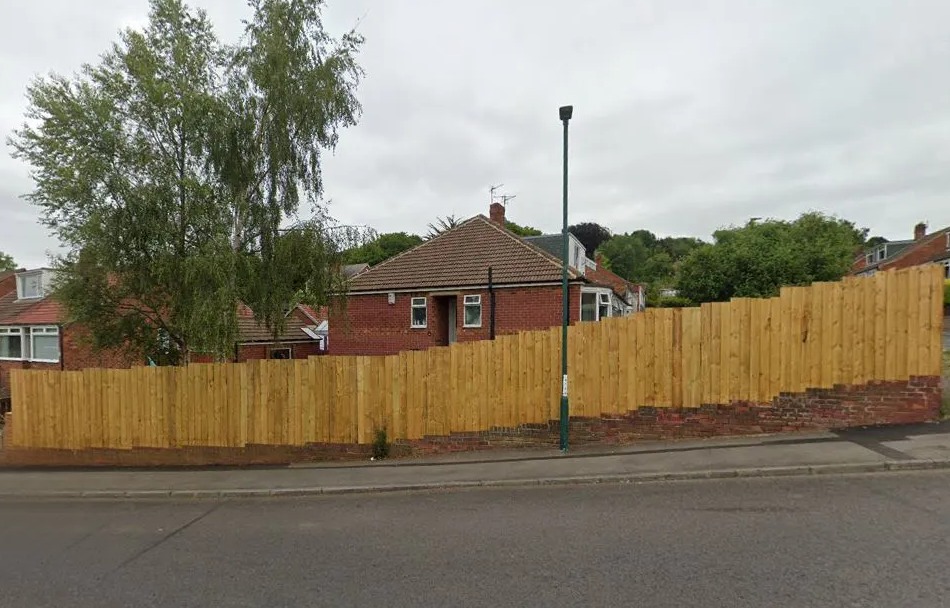Understanding your property boundaries is crucial for maintaining amicable neighborly relations and avoiding costly disputes. The definitive source for determining boundary ownership is the title plan or Land Registry document. This legally binding document utilizes a “T” mark to indicate which property owner is responsible for a specific boundary, including its upkeep and maintenance. While new developments sometimes offer initial guidance from builders, these are not legally binding, and the Land Registry remains the ultimate authority. A common misconception is the assumption of responsibility for the left or right boundary based solely on the property’s location. This practice lacks legal basis, and relying on it can lead to disagreements. Consulting the Land Registry is the only way to ascertain true ownership.
While accessing the title plan is ideal, it’s understood that locating this paperwork can sometimes be challenging. In these instances, observing the fence itself can offer a clue. Typically, fences are constructed so the “finished” side, lacking exposed rails, faces the property that owns the fence. This arrangement maximizes security for the fence owner by preventing easy climbing access from the neighboring property. This pattern is typically repeated along the boundary line, ensuring each property has both a “finished” and a “rail” side of the fence. While this visual cue can be helpful, it’s not a substitute for legal documentation and shouldn’t be relied upon for definitive answers. Walls follow a similar principle, with the edge of the wall generally marking the boundary line.
Before undertaking any modifications to a boundary, such as replacing a fence, consulting the Land Registry and engaging in open communication with your neighbor are essential steps. While there’s no legal obligation for a neighbor to receive the “finished” side of the fence, discussing plans beforehand can prevent misunderstandings and foster cooperation. Choosing a double-sided fence panel, where both sides appear identical, can be a proactive solution for minimizing aesthetic disputes. For boundaries facing roads or footpaths, installing fence panels with rails facing inward enhances security by deterring potential intruders.
Disputes over boundaries can arise despite best efforts. The Royal Institution of Chartered Surveyors (RICS) and the Property Litigation Association offer mediation services as a valuable resource for resolving disagreements before resorting to legal action. RICS also provides a list of surveyors specializing in boundary issues who can offer expert advice and assistance. If a dispute escalates and mediation fails, the courts will ultimately decide the matter. However, legal proceedings are often costly and time-consuming, making amicable resolution through communication and mediation the preferred approach.
Changing an existing boundary involves more than just physical alterations. Any change requires a clear understanding of ownership based on the registered titles. Decorations on a fence can also become a point of contention. While informal inquiries about the fence’s origin can be helpful, proceeding with modifications without confirming ownership can lead to accusations of criminal damage. Therefore, erring on the side of caution and seeking legal advice is crucial when dealing with shared boundaries. Remember, assumptions can lead to legal repercussions, and documented evidence is always the best course of action.
Garden fence height is another important consideration. The maximum permissible height without planning permission is 2 meters, measured from ground level on your property. This ground level measurement can become particularly relevant when properties are situated on sloping land. Fences exceeding this 2-meter limit require planning permission. Front garden fences, particularly those along driveways, face further restrictions, typically limited to a maximum height of 1 meter. Adding a trellis to a 2-meter fence also requires planning permission. However, plants grown on the trellis are exempt from this restriction, even if they grow beyond the 2-meter limit. Understanding these regulations is crucial for avoiding legal issues related to fence height and ensuring compliance with local planning laws.











